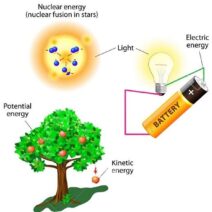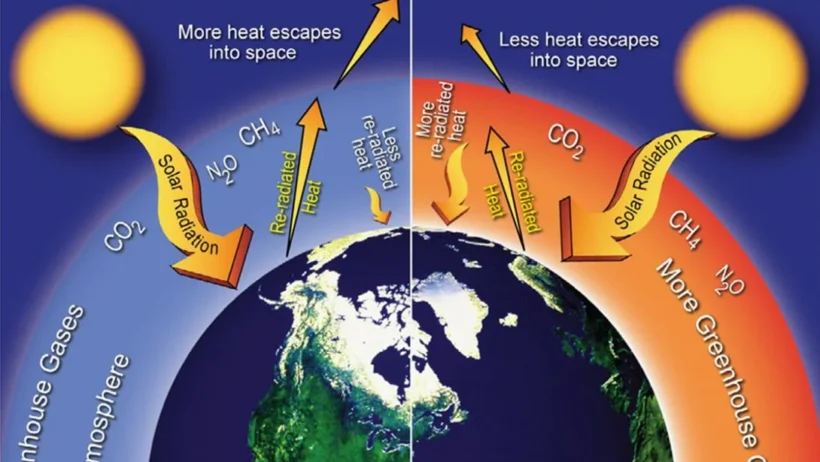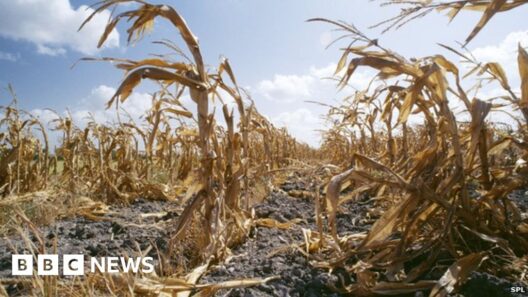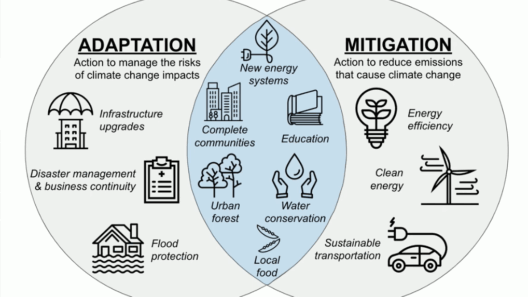The intricate tapestry of life on Earth is woven with the threads of our choices, each strand representing a decision that influences the climate. The stakes of this tapestry have never been higher. As humanity strides deeper into the 21st century, the fabric of our environment is fraying, unraveling under the strain of our collective actions. Understanding how we impact climate change is tantamount to grasping the intricate dance of cause and effect, where every step leaves an imprint.
Historically, the industrial revolution heralded an age of unprecedented growth, akin to igniting a wildfire in a dry forest. The utilization of fossil fuels propelled economies forward, yet this very momentum spurred an ecological imbalance. Carbon dioxide (CO2) and other greenhouse gases became the unseen antagonists in our atmospheric narrative. These gases, effused from the combustion of coal, oil, and natural gas, act as a thermal blanket, trapping heat and causing global temperatures to rise. The cumulative effect is akin to layering more and more blankets on a sleeping person; eventually, it becomes unbearable.
Human activities extend far beyond the burning of fossil fuels. Agriculture, particularly livestock farming, contributes significantly to greenhouse gas emissions. Methane, a gas produced during digestion in ruminant animals, is over 25 times more potent than CO2 in the short term. Deforestation, driven by the insatiable demand for land, further exacerbates the situation. Trees, our vital companions in this intricate ecosystem, act as carbon sinks, absorbing CO2 from the atmosphere. Their destruction not only releases stored carbon but also diminishes our planet’s capacity to sequester future emissions. Each clear-cut forest is a stroke against the canvas of biodiversity, painting a bleaker picture of our climate future.
Urban centers, with their concrete jungles that stretch towards the sky, play an equally pivotal role. The phenomenon known as the ‘urban heat island effect’ results in cities heating up more than their rural counterparts. This disparity is exacerbated by the reliance on vehicles, which spew emissions into the atmosphere, forming a haze that blankets entire regions. Our cities, once envisioned as beacons of progress, are now contributors to climatic instability. The spiraling problem is not limited to industrial activity; domestic behaviors also add to the pile, with energy consumption in homes contributing to this escalating crisis.
Yet, acknowledging how we affect climate change is only the precursor to addressing it. Transformative change is not merely a lofty goal; it requires redefining our relationship with the planet. Transitioning to renewable energy constitutes one of the most significant shifts possible. Solar, wind, and hydroelectric power can illuminate our lives without casting a shadow over future generations. Embracing these alternatives insulates us from the volatility of fossil fuel markets and reduces air pollution, heralding a healthier populace.
Moreover, reimagining agriculture is imperative. Sustainable practices—such as agroforestry, permaculture, and organic farming—can revitalize soil health and mitigate emissions. By fostering a symbiotic relationship with the land, we can produce food without compromising ecological integrity. Consuming local produce minimizes transportation emissions, creating a ripple effect that benefits both economy and environment. Each meal becomes an opportunity to make conscientious choices, fostering a resilient food system.
In addition to shifting practices in energy and agriculture, a cultural transformation is essential. Education plays a foundational role in this metamorphosis. Informing individuals about the ramifications of their choices empowers them to make informed decisions. This encompasses everything from understanding carbon footprints to engaging in local initiatives aimed at reducing waste and promoting conservation. A well-informed society can mobilize collective action, which is arguably one of the most significant forces for environmental resilience.
Policy reform is another critical avenue for fostering meaningful change. Governments worldwide need to enact stringent regulations aimed at curbing emissions and incentivizing green technologies. Carbon pricing, for instance, attaches a cost to greenhouse gas emissions, nudging industries toward lower emissions. Additionally, implementing subsidies for renewable energy projects can hasten the transition from traditional energy sources. It’s a classic case of aligning economics with ecological sustainability, creating an environmental policy framework that resonates with both pragmatism and ethics.
The appeal of individual action cannot be understated. Every gesture, no matter how small, contributes to a larger movement. From reducing plastic consumption to embracing public transportation, individual choices can catalyze communal change. The cumulative effect of millions of people making mindful decisions paints a vibrant portrait of collective will. This interconnectedness is crucial; it is the lifeblood of grassroots movements that test the limits of complacency and fuel the fires of innovation.
As humanity stands at the precipice of a critical juncture, the collective choice to heal the planet must emerge from the depths of our conscience. The dialogue surrounding climate change must expand, engaging diverse voices and perspectives. The metaphorical tapestry of existence requires intricate care and respect; it demands that each of us become adept weavers of change, consciously adding vibrant threads to the fabric rather than unraveling it.
Ultimately, the question is not whether we can change, but rather how we will shape our legacy. The path ahead is fraught with challenges, yet it is also replete with opportunities for innovation, collaboration, and regeneration. Harnessing the power of the collective, humanity can restore balance to an overheating planet, crafting a future where the threads of life intertwine harmoniously with the rhythms of nature. The time to act is now, for the stakes are unparalleled, and the journey toward ecological recovery awaits.





